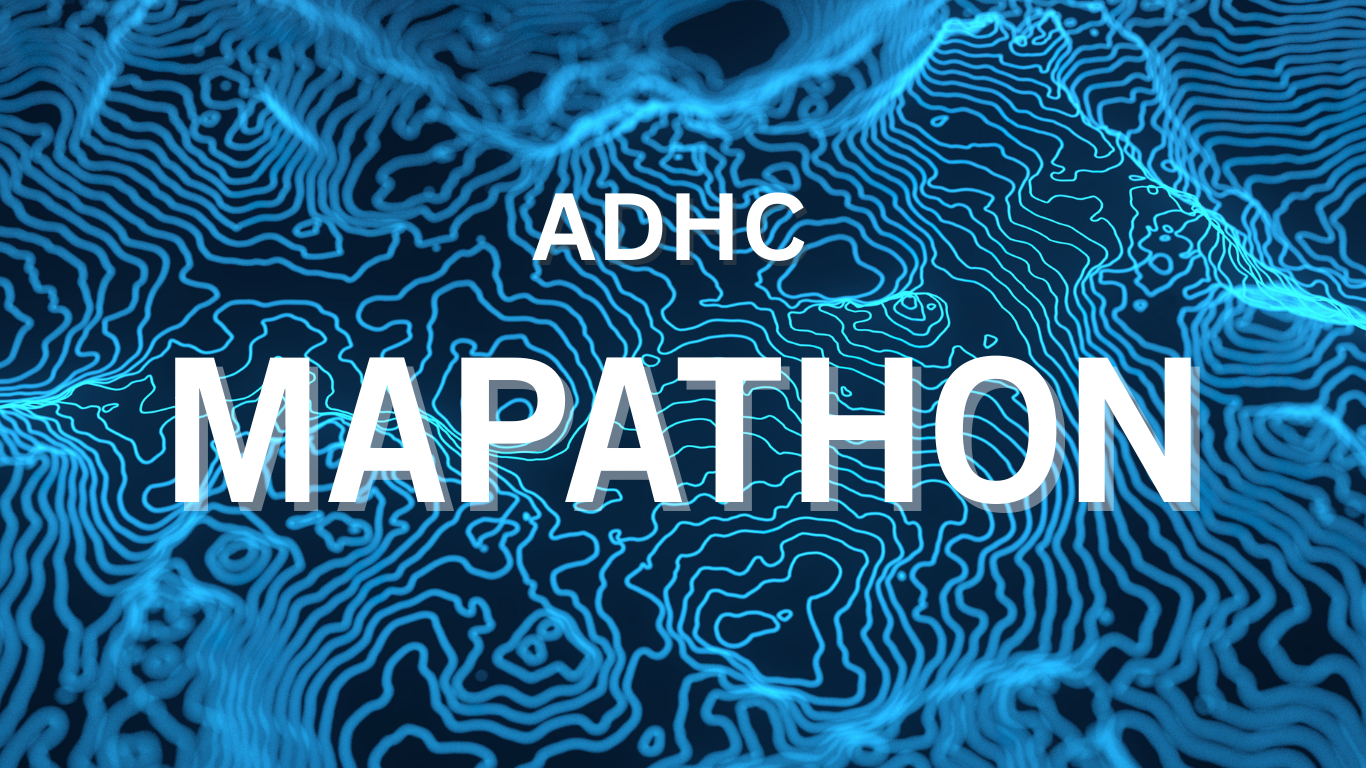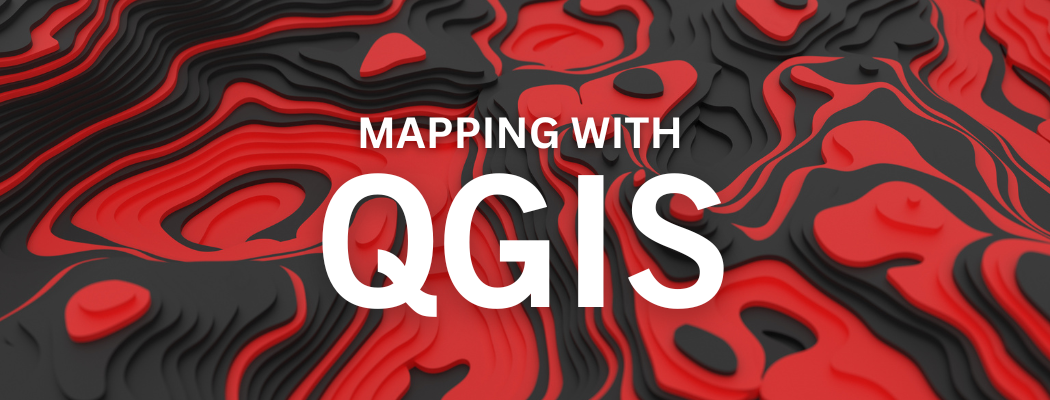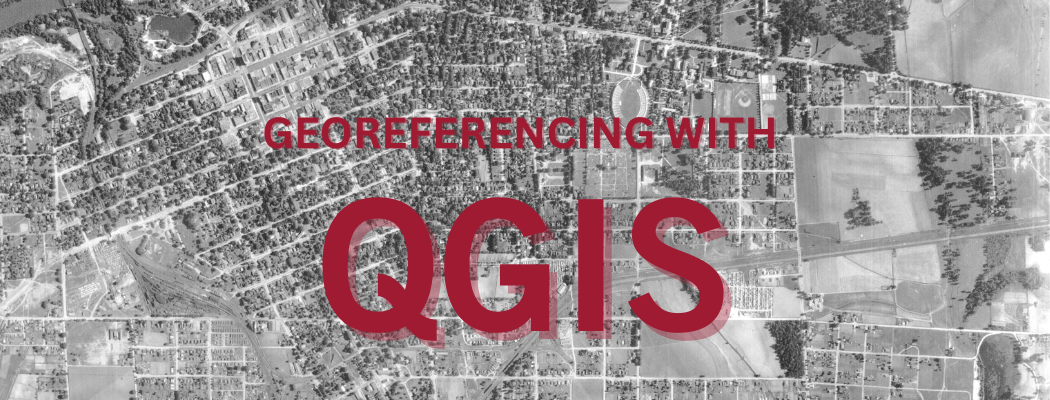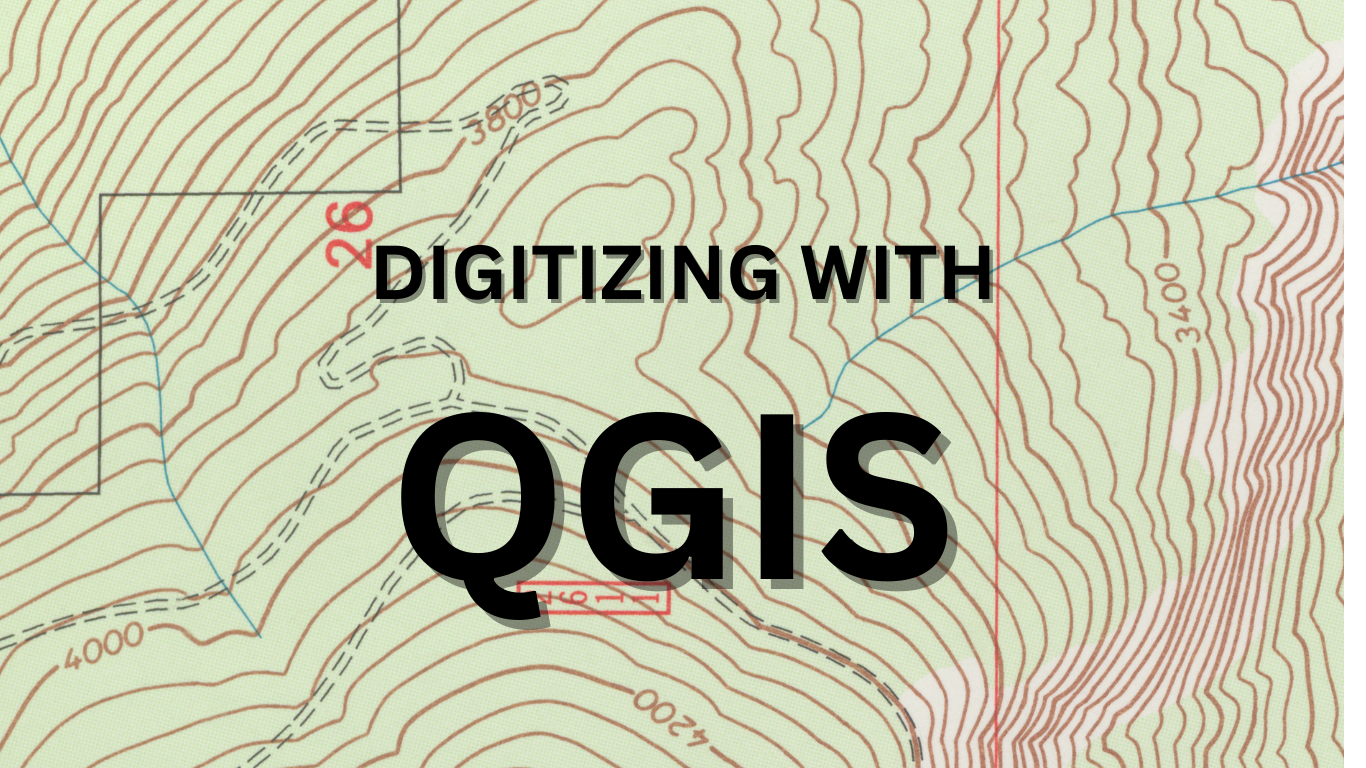What is a Mapathon?
A Mapathon is a coordinated mapping event. The ADHC’s Mapathon events invite users to learn to use QGIS, an open source mapping software, to map historic maps from the Alabama Maps Library. Each event includes 3 consecutive workshops
QGIS Basics: Download QGIS and get set up for mapping activities!
Georeferencing with QGIS: Georeferencing is focused on the practical elements that will allow you complete the georeferencing task on a scanned image of a map.
Digitizing with QGIS: Digitizing is the process of creating GIS layers of the features depicted on a paper map. Using the GIS software QGIS, we will identify features from the georeferenced map and trace them onto a new GIS layer, separating them for later analyses and visualization.
Why Maps?
You may find yourself wondering why you should have any interest in Mapathon. As a PhD student in literature and an MLIS student, I found myself asking the same question. My answer initially, was because its part of my job to help with Digitorium however I can. That means participating in tutorial trials for QGIS and offering input where I can on how others may respond to Mapathon related instruction. As I started engaging with step-by-step tutorials on how to utilize QGIS, I found that my biggest question, beyond the typical “How do I do this?” remained “Why should I care about maps?”
It wasn’t until a conversation with Sara Whitver that I began to see maps in everything. I saw them in music, in personal narrative, in fiction, even in video games. Suddenly, I became very aware of the importance of maps. Maps are an essential tool of the humanities. They are the tangible, physical, visual embodiment of story. When you spend time in QGIS and realize that you can immerse yourself in a location by documenting how it has changed, you begin to see the bigger picture—the story of a place. In this way, Mapathon is a vessel for memory, a site for both qualitative and quantitative curation.
The goal then of Mapathon is for participants to leave with an appreciation for maps as a form of storytelling, as a visual art, and as point of departure. Maps should encourage us to think deeply about place and history, about how narratives are given roots. We hope that as you all begin your Mapathon journey, that you will enjoy reimagining the role of maps in your everyday life and leave with the tools necessary to engage new lines of inquiry about the importance of maps in the Digital Humanities.
Candice Fairchild, ADHC Student Assistant




